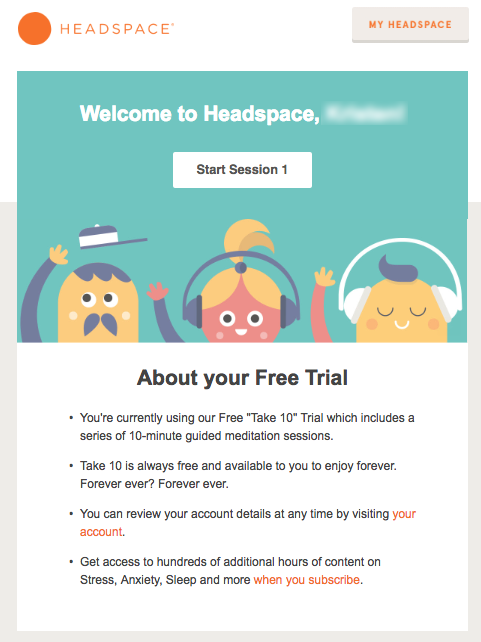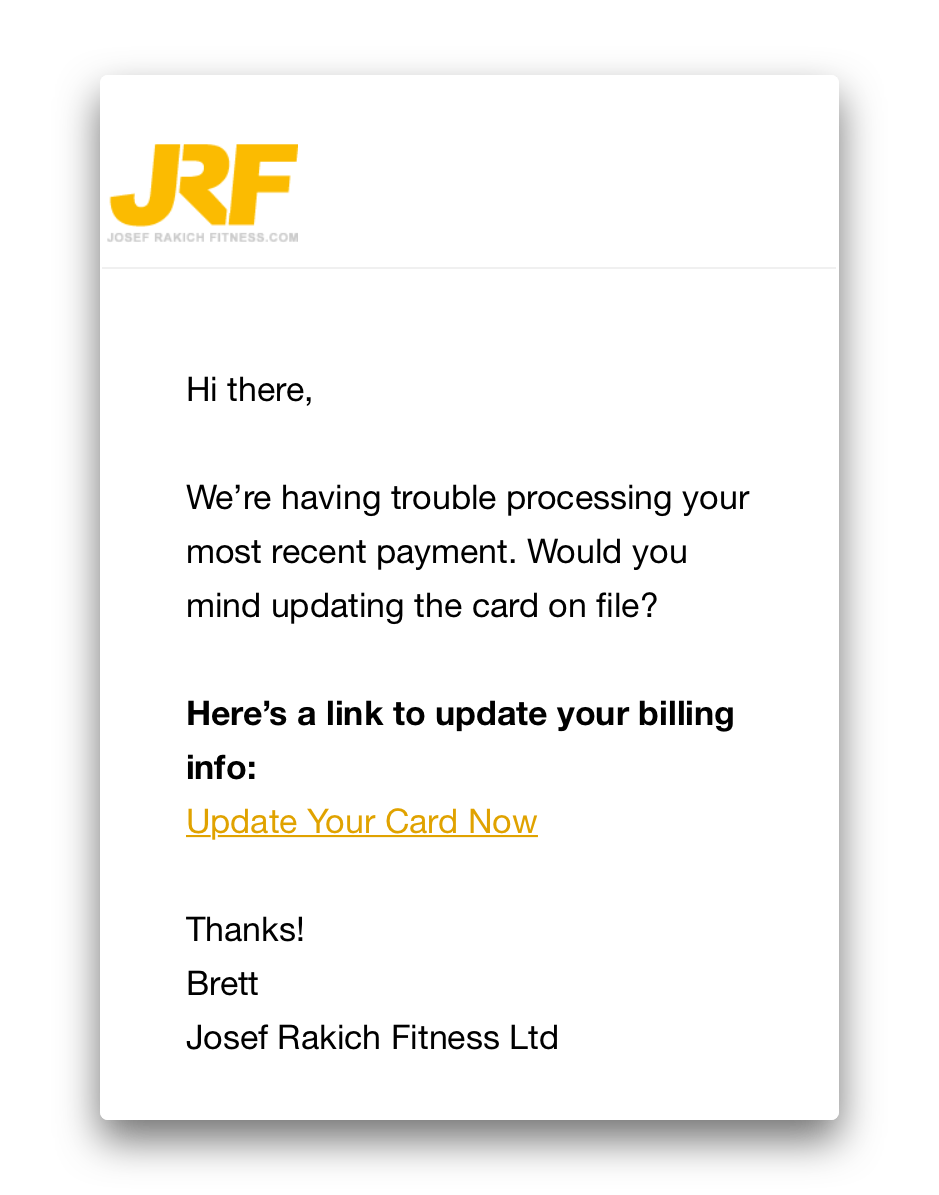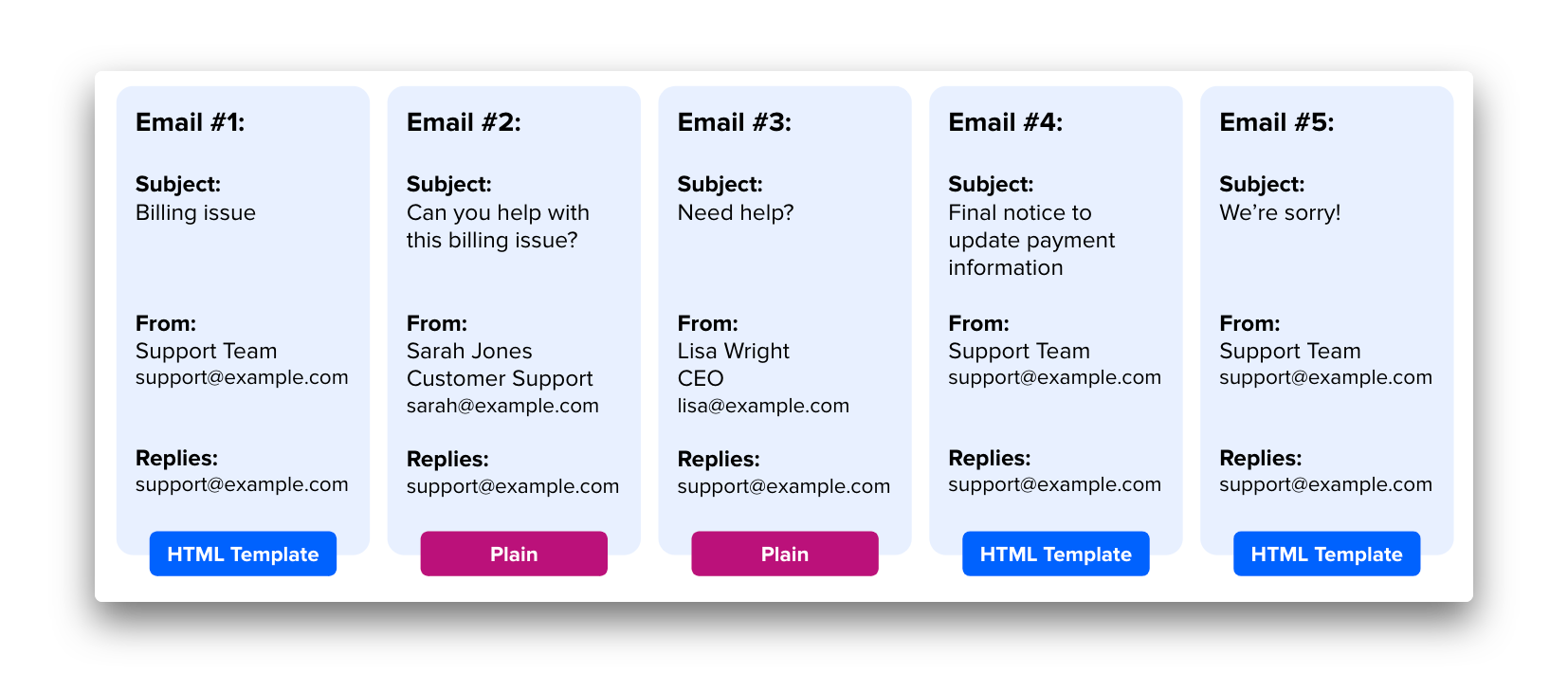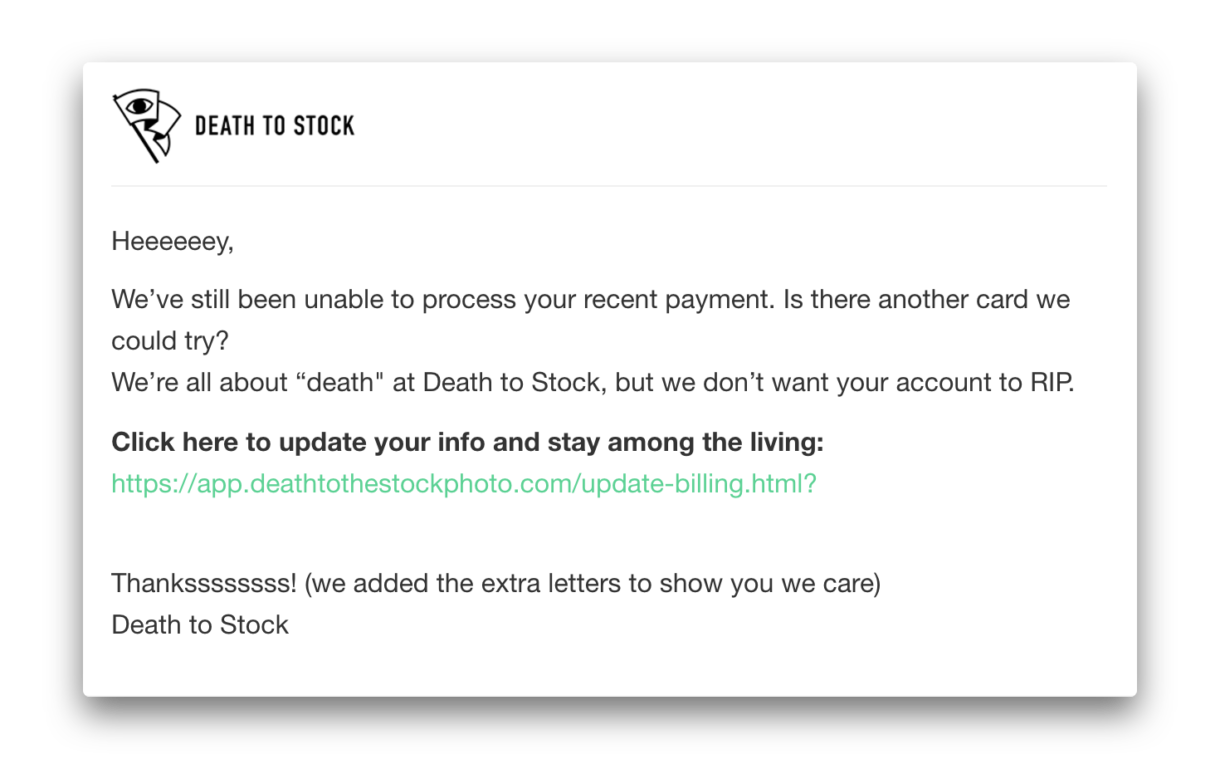Chances are, the majority of your online course revenue doesn’t come from new students joining your classes. More likely, repeat sales and monthly recurring customers are the real movers and shakers when it comes to impacting your bottom line. And it makes sense.
On average, repeat customers will spend 67% more on your products and services than new customers. After all, they’ve already experienced the value that you provide. If customers stick with you in the long run, they can become a predictable addition to your monthly recurring revenue.
And not only that. Satisfied students are more likely to recommend your courses to friends and family, leaving you positive reviews. Having strong brand advocates is often worth more than any form of traditional marketing.
So how do you improve student retention and reap these benefits?
Crafting a student retention plan for your online course will impact every aspect of your business, and requires a customer-focused mindset. A great place to start is by implementing personalized transactional emails, as they can dramatically improve student retention.
With that in mind, let’s take a closer look at this area and walk through the essentials of how to create effective personalized transactional emails for your online course.
What are transactional emails?
Transactional emails are automated emails that are sent to students after they’ve taken a specific action. Examples of transactional emails include password reset messages, order confirmations, email receipts, dunning emails, and subscription renewals.
These messages essentially act as the nuts and bolts of your communication strategy for your online course students.
While these messages are typically not designed to be particularly gripping or exciting, they play a very important role in developing long-term relationships with your students.
Here’s an example of a transactional email for a free trial confirmation, from the meditation app Headspace:

This is a great example of an effective welcome email, as Headspace has infused brand visuals, voice, and tone into their first interaction with the customer.
Unfortunately, transactional emails are often a missed opportunity for many businesses, because many don’t tend to think of them as an important interaction. In reality, transactional emails contain some of the most important communications with your customers, and can have a huge impact on your student retention.
So why let them become stale and routine?
Order confirmations and email receipts are standard for any digital business, but they’re also a way of reassuring customers that you’re taking care of their order. It’s a mark of professionalism, a way for you to offer peace of mind, and an opportunity to showcase your brand.
Dunning emails and subscription renewals, on the other hard, are (at heart) requests for payment. As your students read these messages, they are being asked to make a decision. Is continuing with your class or signing up for another worth their hard-earned cash?
All of these cases are important interactions with your business. But for many businesses, the messaging comes across as robotic.
What if we thought about transactional emails differently? What if we approached them with the understanding that even these micro-interactions impact the ways that our students view us and the value we provide?
Can transactional emails improve student retention?
The answer is yes! To achieve this, your aim with transactional emails should be to go above and beyond for your students at every point of interaction. When you’re dealing with important account information, you have a chance to stand out and surprise your students with a personal approach.
So let’s talk about some ways that you can improve student retention by focusing on the content in your transactional emails and improving your student experience.
How to audit your transactional emails
Below are some elements for effective transactional emails. Start by analyzing your emails and getting a sense of how your students see them in light of these areas. Ask yourself:
- What is your sending address?
Are your customers getting emails from 12cust-engage-billz@transactionalemail.com, or are they seeing a recognizable name and an address from your server?
- What are your messages saying? And how are they saying it?
Are you asking your customers for something, or telling them they need to complete an action? There’s a difference. Take a look at the subject lines, preview text, and all the copy within each transactional email. It can be worth having a friend or family member take a look at these as well. How would they feel receiving this message?
- What pages are your customers taken to? What do they look like?
Do links in your emails lead to pages on your site? Are these pages branded? We’ll get into this more in a minute, but it’s important that your customers feel comfortable inputting their information when they receive a transactional email. It should be abundantly clear that the information they are entering will remain safe and private.
With these tips in mind, let’s look at some ways to add a more personal touch to your transactional emails, to avoid sounding like an automated machine!
How To Add Personality To Your Transaction Emails
1) Put your brand front and center
It’s always a good call to make your branding a clear part of every communication. After all, phishing scams are a daily concern for many of us. Make it easy for your students to determine that an email is actually from you.
Here’s an example of how to include your logo and brand colors in a routine transactional email:

2) Honor your customer’s inbox
This starts by sending emails at the right time. Emails for password resets should come as soon as possible, for example.
Dunning emails should not be sent until after a payment retry. After all, up to 40% of payment issues can be solved by simply retrying the same card. Make sure send-from names are recognizable and trustworthy.

To ensure your content fits well into the overall email flow for your students, plan to automate your transaction emails as part of your larger email marketing strategy.
3) Provide real value
In each of the situations we’ve talked about, your team is providing a service, not simply initiating a mechanical response to a problem. Your messaging should reflect this. Be courteous, helpful, and open up space for dialogue if a customer has further questions.
As a course creator, there are four essential types of email marketing messages you should be aware of to effectively generate trust, pitch your product, and inform your students. Providing value throughout your transactional emails by sharing educational links and important updates is a great way to ensure you’re setting yourself up for a long-term relationship with your students.
4) Add some personality
Okay, everything we’ve talked about so far involves a personal touch on one level or another. Here’s where you get to play a little and think about how to bring your brand voice into your transactional emails.
Are there angles in your messaging related to your course topic that you could work into your emails? Or how about branded slogans or phrases you use regularly in lectures?
Here’s an example of a payment follow-up transactional email, with a bit of personality:

This is also a great time to show some appreciation for your students. After all, their support is what allows you to follow your passions. Make them feel valued in your communications.
For more tips on how to personalize your transactional emails, this article demonstrates 7 ways to personalize automated emails based on subscriber behavior.
Improving student retention is all in the details
Every instructor has a unique set of needs, challenges, and advantages when it comes to selling online courses. After all, your audience is unique, so your communication style should be unique as well.
Lean into your unique perspective and voice. Take the time to make your messaging recognizable from a sea of emails in your student’s inbox. Talk to your students like people, and remember that there’s a real person on the other side of each email yous end.
In essence, use transactional emails as a way to build your brand equity and foster relationships with your students. They are key in running your business after all.
Your ultimate goal should be to provide a customer experience that surprises and delights your students at every interaction. Going above and beyond in the little things sets you up for success in bigger areas of your business. By showing a level of attention and care that’s uncommon in online transactions, you will set yourself apart, increase your student retention and satisfaction. Give your students the best. They deserve it!
Have you tried using any of these tips on how to improve your transactional emails? We’d love to know how you infuse personality into your messaging. Let us know in the comments below!
Author bio
Kristen DeCosta, Growth Lead at Churn Buster
Kristen is on a mission to flip the script on churn. You work hard to get customers, and she wants to make sure you keep them. She’s committed to educating companies and founders on the importance of customer retention and the dangers of ignoring churn.
When she’s not working on churn, you can find her hiking a mountain, making face-palm inducing bad jokes, or playing with her three rescue pups, Cooper, Tobi, and Finn.
Follow Kristen on Twitter.








